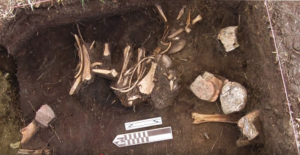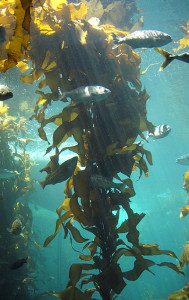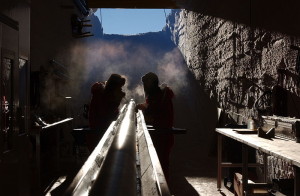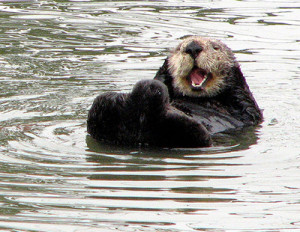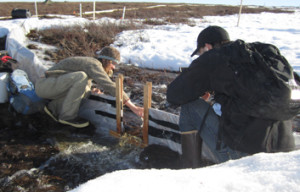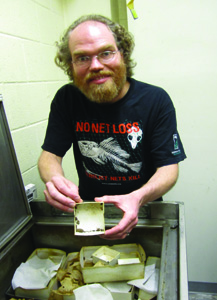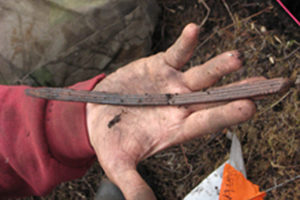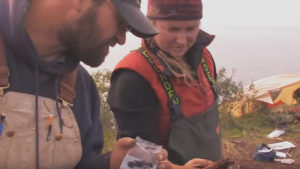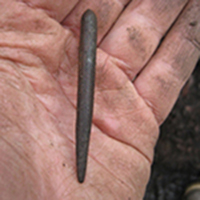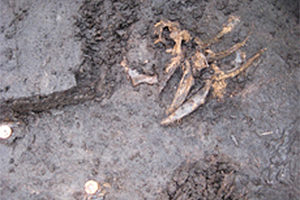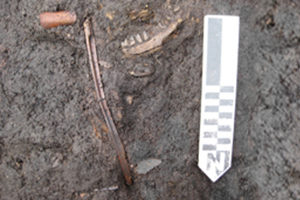“Up until the point that the Matcharak Peninsula Site was found, you could essentially fit all the identifiable materials from these Northern Archaic sites into a shoebox,” archaeologist Joe Keeney said. The Matcharak Peninsula site is “A very unique site that has such good preservation, and such high numbers” of bones. The site’s details shed […]
